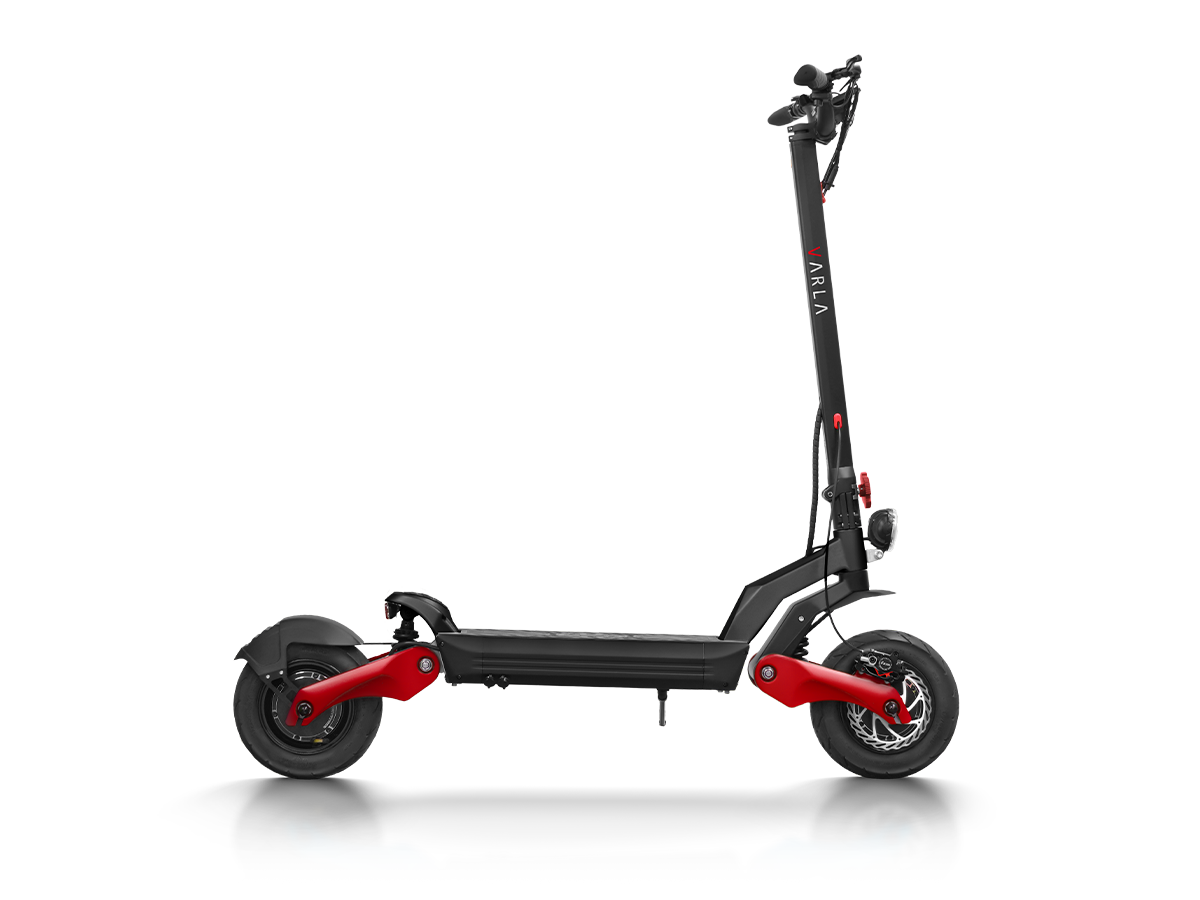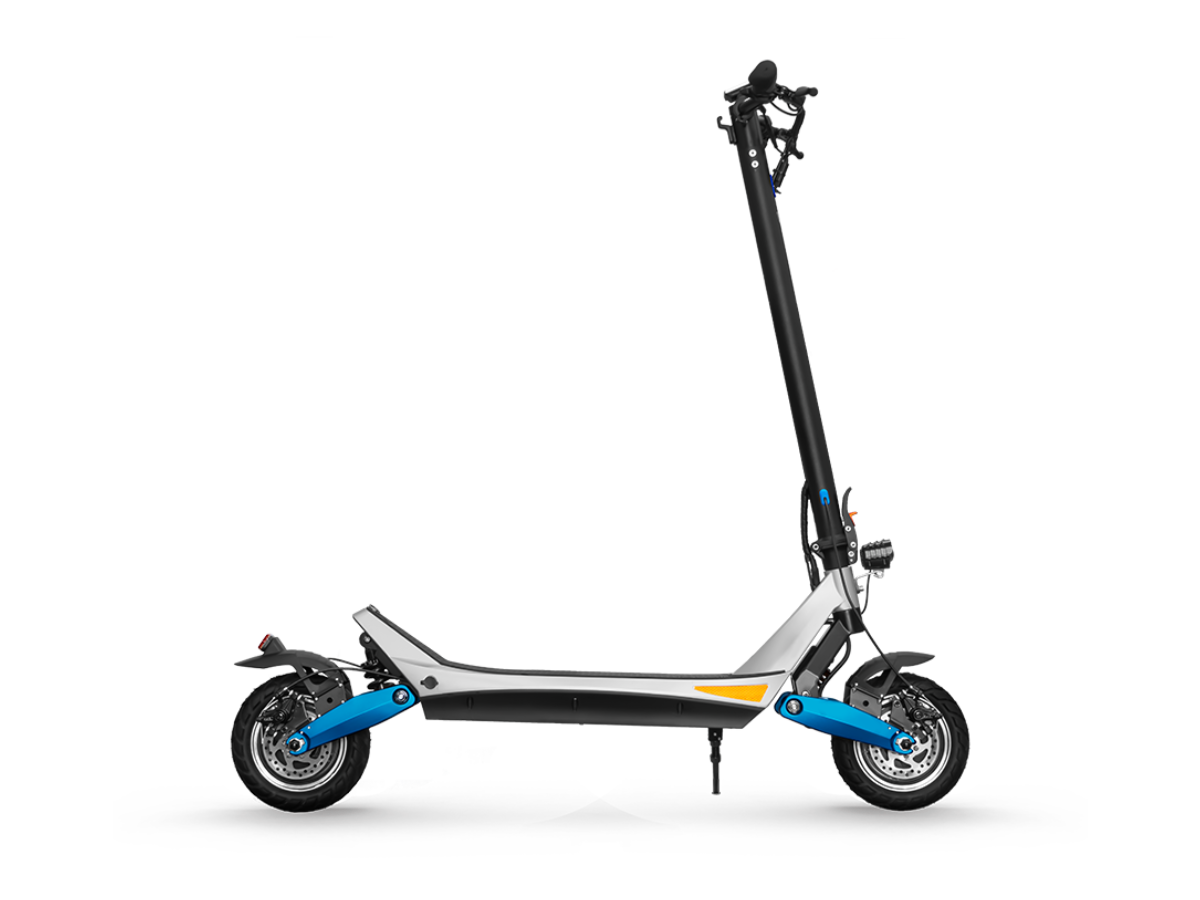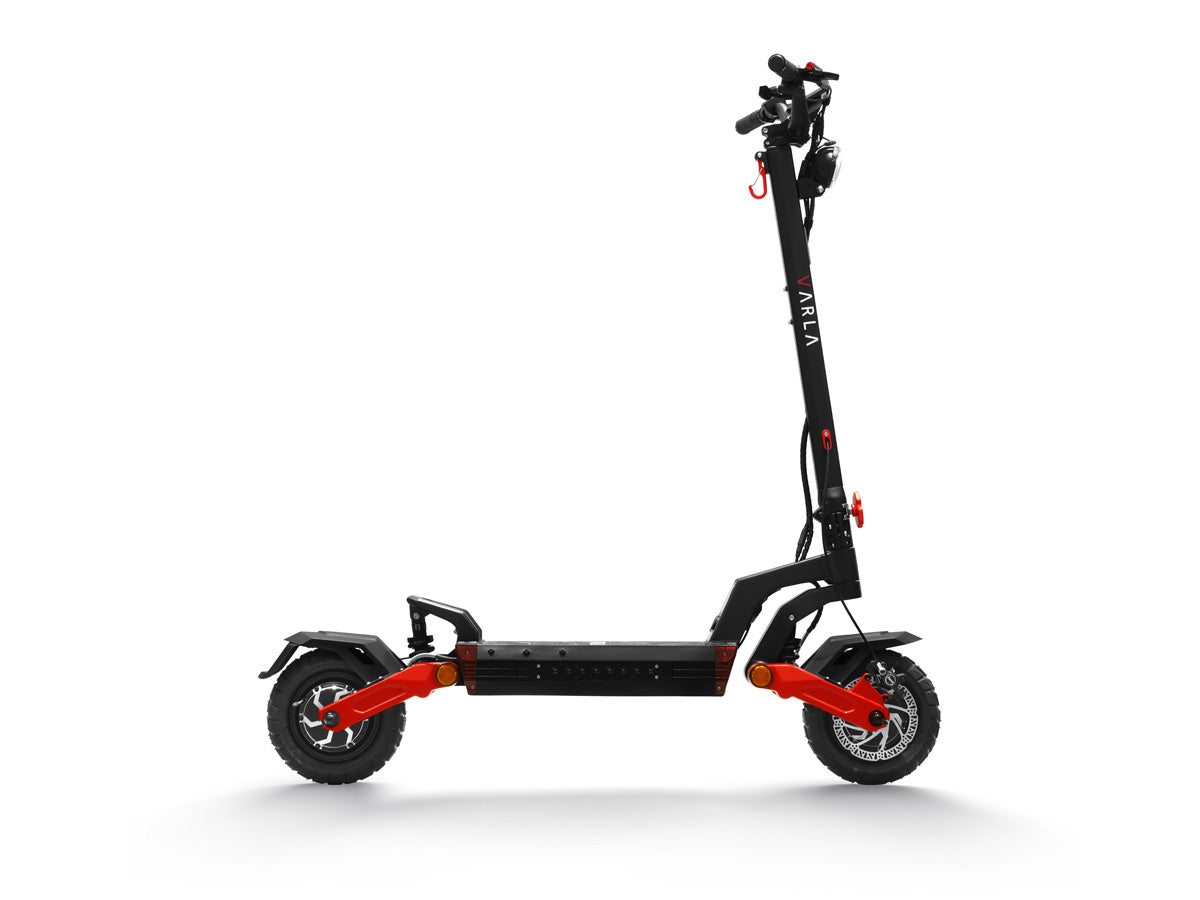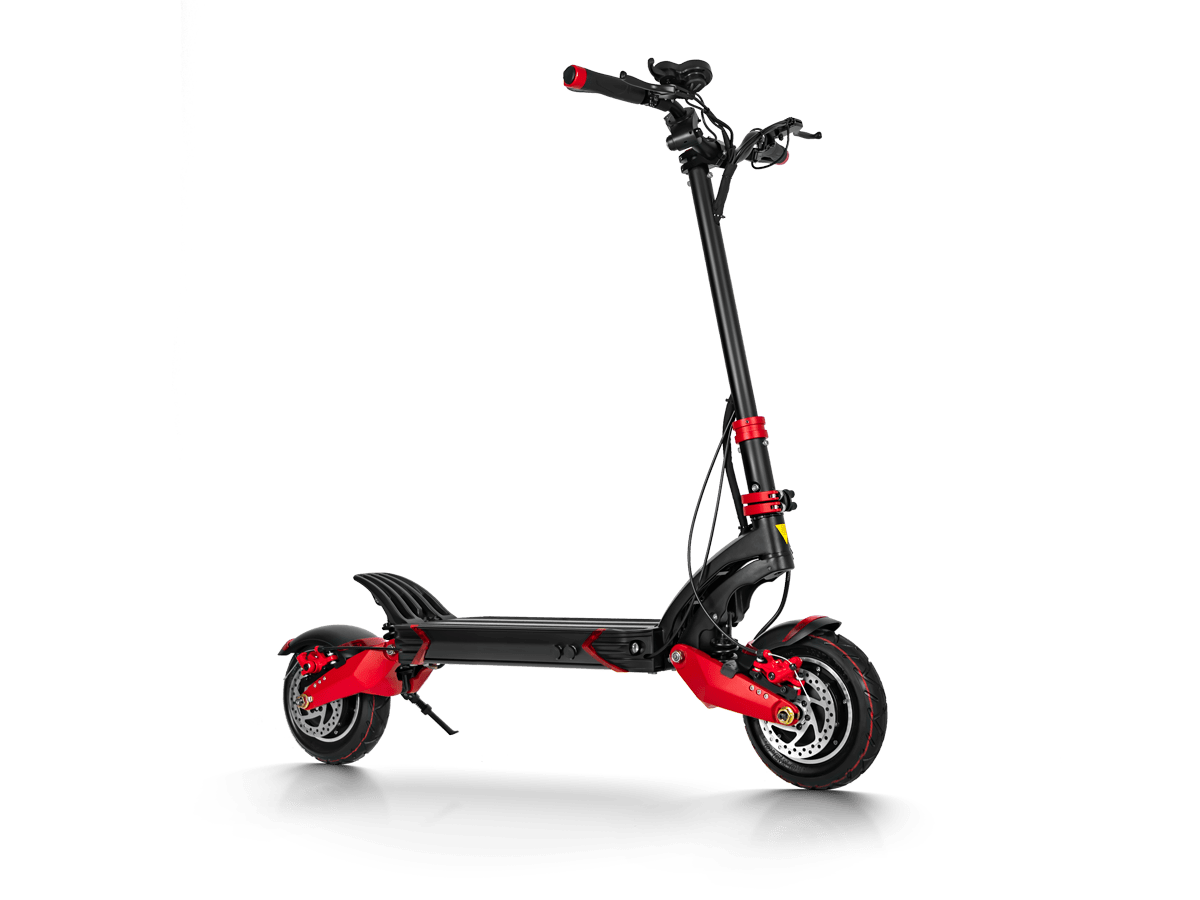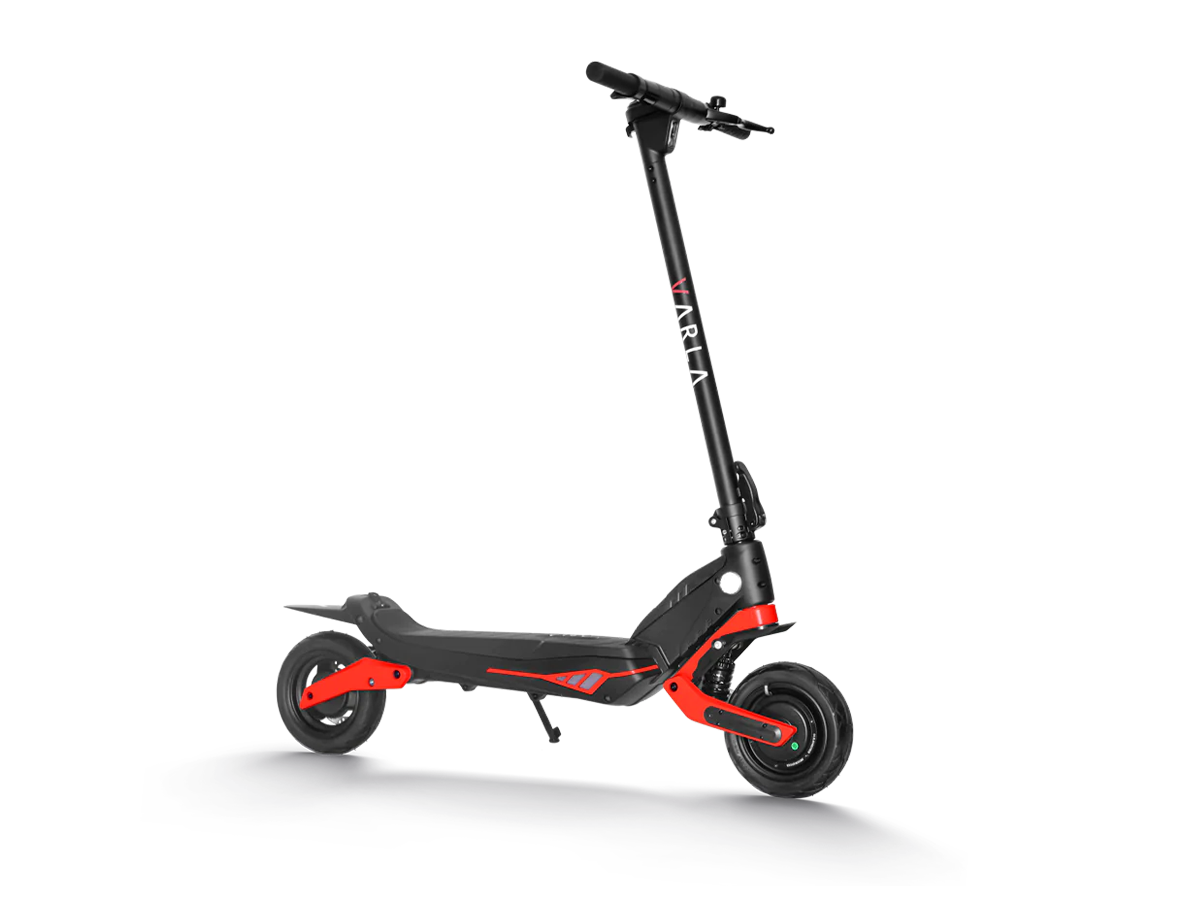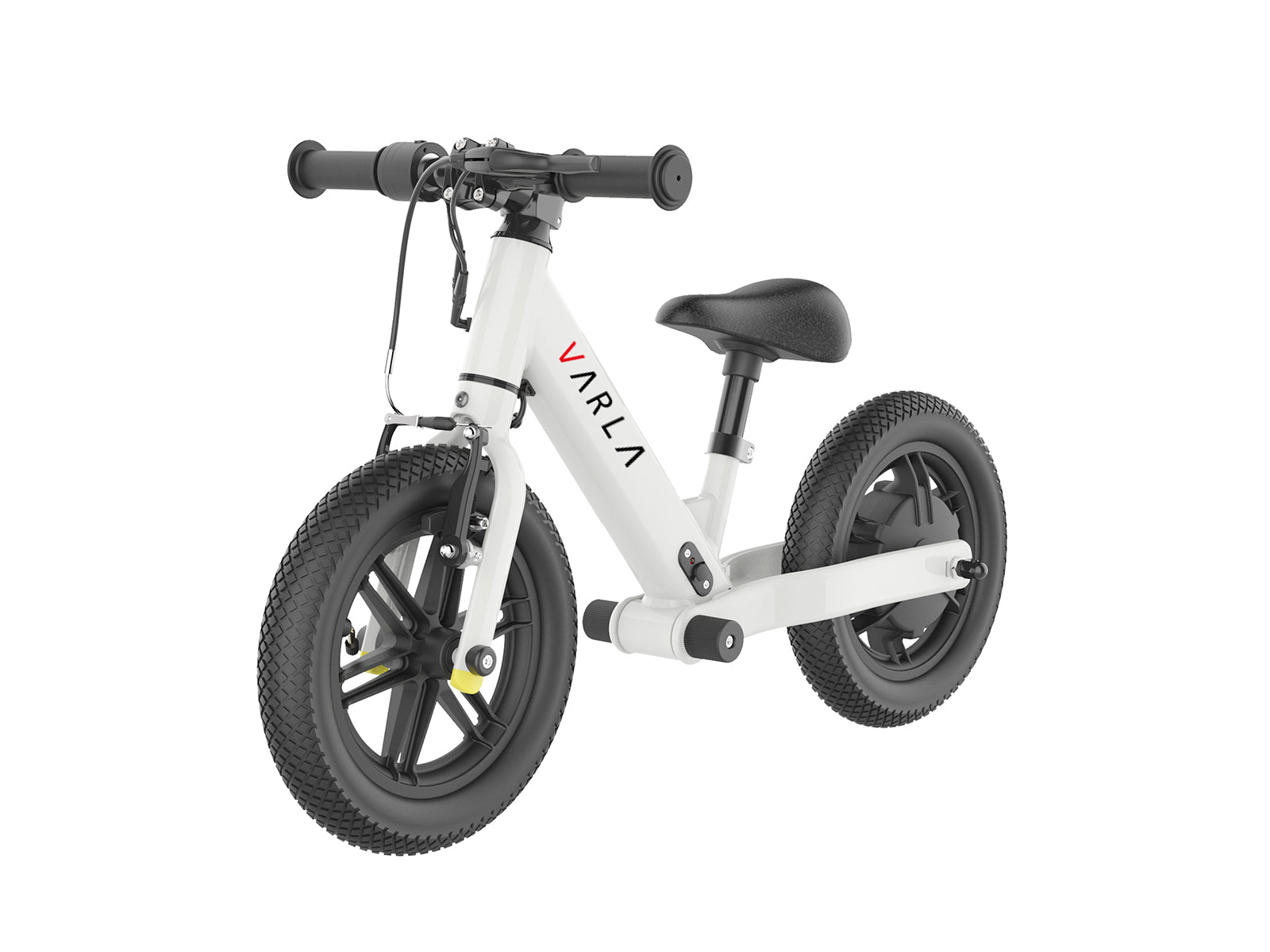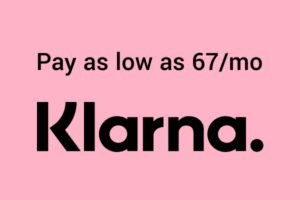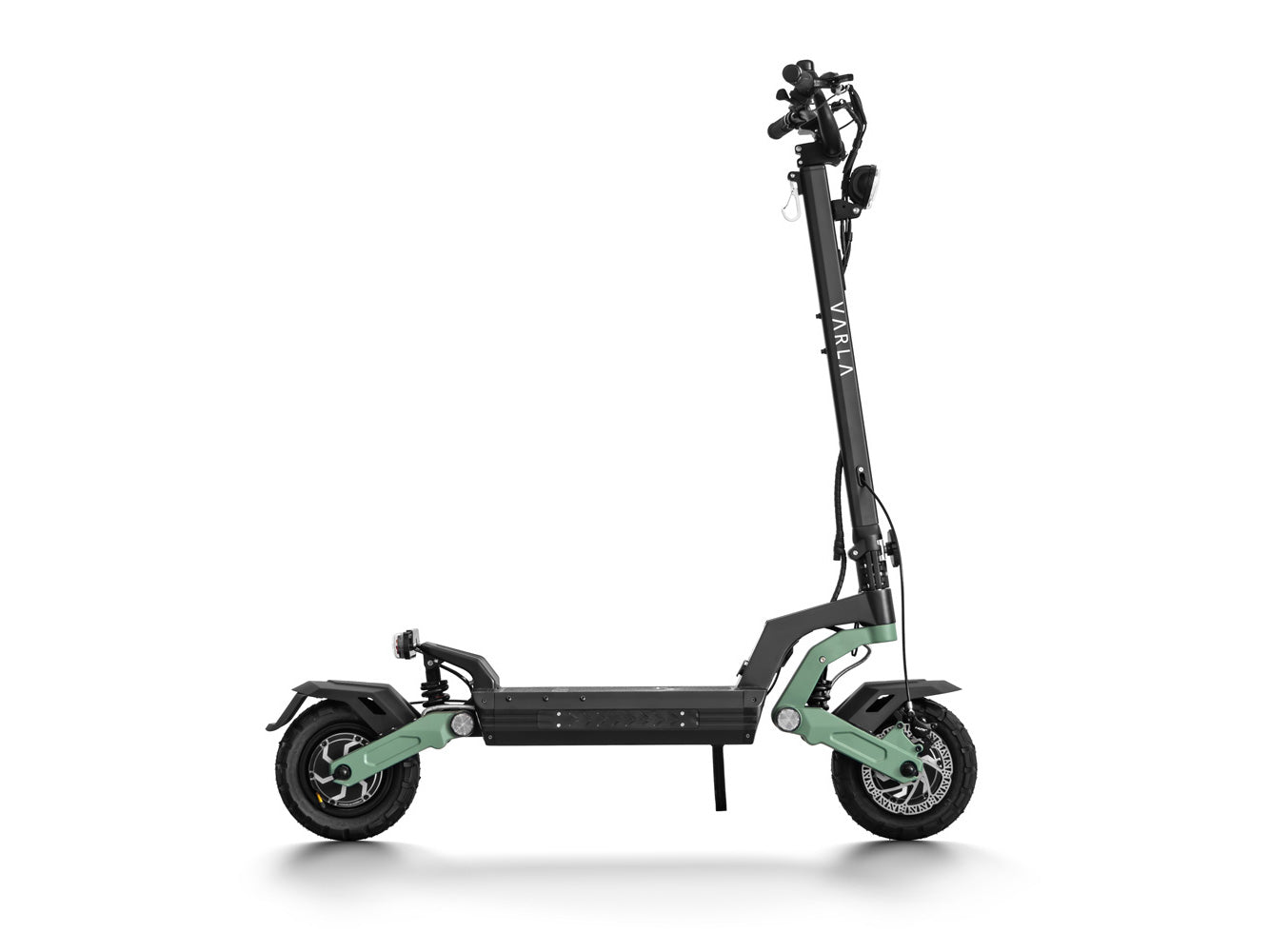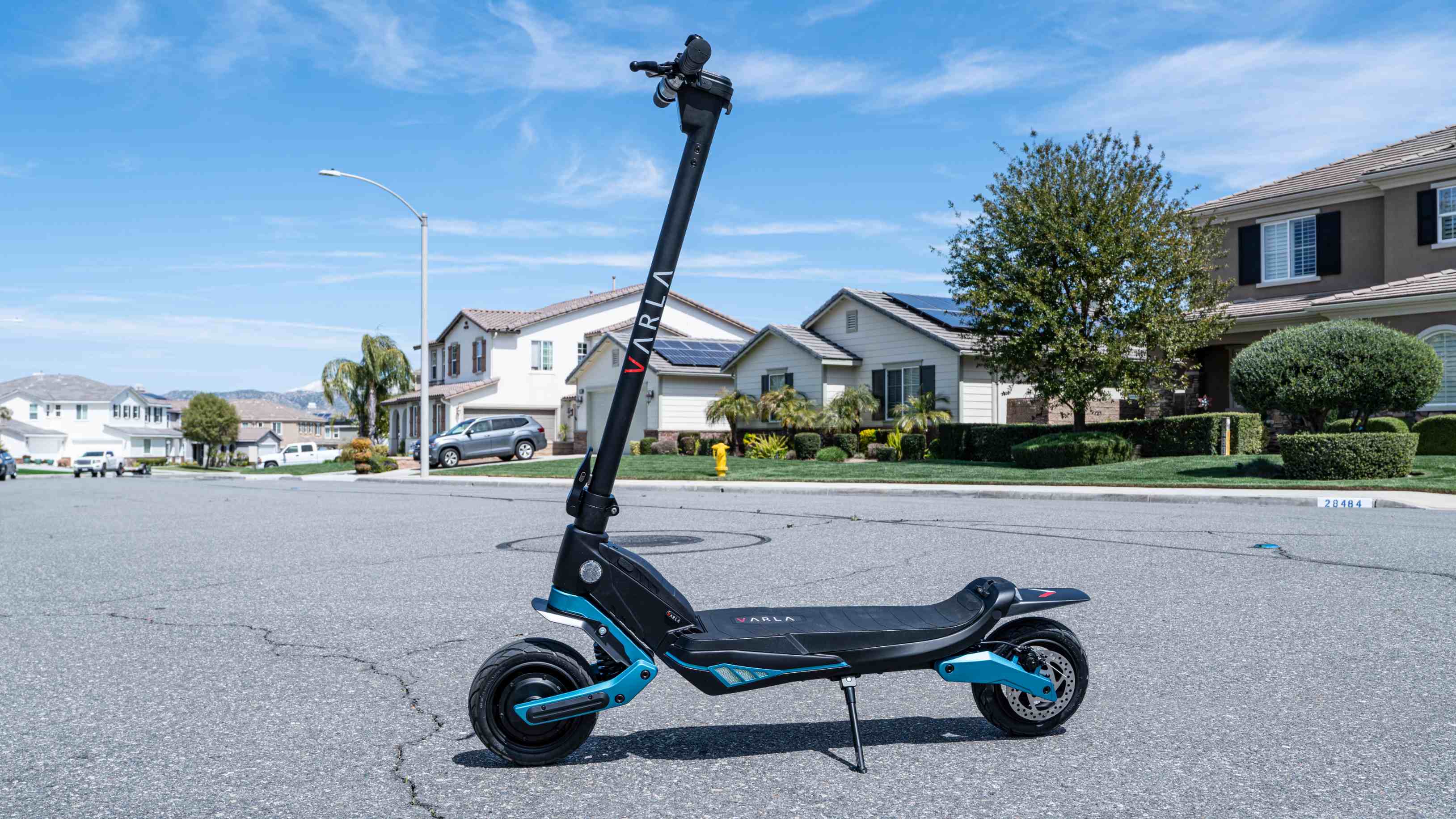
Commuter Electric Scooter Voltages: A Performance Guide for Beginner
Ready to amp up your electric scooter game? It’s all about finding the perfect voltage! Tackle factors like battery capacity, motor specs, terrain, and your unique preferences with ease. In this guide, we’ll walk you through these essential aspects, helping you understand the role of voltage and make an informed decision for a tailored and enjoyable electric scooter experience.
WHAT IS THE ELECTRIC SCOOTER VOLTAGE?
DEFINITION OF VOLTAGE
Voltage, often denoted by the symbol “V,” is the electrical potential difference between two points in a circuit. In simple terms, the force pushes electric current through a conductor, such as the wires in a mobility scooter. The unit of measurement for voltage is the volt (V).
EXPLANATION OF HOW VOLTAGE AFFECTS ELECTRIC SCOOTER PERFORMANCE
Voltage plays a critical role in determining the performance of an electric scooter. A higher voltage generally translates to better overall performance, including factors such as speed, range, and acceleration.
Speed: A higher voltage enables the scooter’s motor to run faster, ultimately resulting in higher top speeds. This is particularly important for those looking for a high-performance electric scooter for longer commutes.
Range: The range of a mobility scooter, or the distance it can travel on a single charge, is also affected by its voltage. A higher voltage typically means a larger mobility battery capacity (measured in watt-hours or Wh), allowing the e scooter to cover greater distances before recharging.
Acceleration: A scooter’s ability to quickly gain speed, or accelerate, is also influenced by its voltage. Higher voltages provide the motor with more power, which in turn enables faster acceleration. This is especially crucial for hill climbing or navigating through busy urban environments.
FACTORS AFFECTING ELECTRIC SCOOTER VOLTAGE
BATTERY CAPACITY
Battery capacity is one of the primary factors affecting an electric scooter’s voltage. The power of a scooter’s battery is typically measured in ampere-hours (Ah) or watt-hours (Wh). A battery with higher capacity stores more energy, which can be used to maintain a higher voltage for a more extended period.
Electric scooters use different kinds of batteries, such as lithium-ion and lead-acid ones. Lithium-ion batteries hold more power, are lighter, and have a longer life compared to lead-acid batteries. That’s why they usually provide higher voltages and improve the scooter’s performance.
THE SCIENCE BEHIND ELECTRIC SCOOTER PERFORMANCE
The science behind mobility scooter performance is deeply rooted in the relationship between voltage and various performance aspects, such as speed, range, and acceleration. Understanding the crucial role voltage plays in these factors is essential when evaluating the capabilities of an e scooter.
However, it’s essential to recognize that other factors, such as motor power, scooter controller settings, and rider weight, also contribute to the scooter’s overall performance.
VOLTAGE AND SPEED
Voltage is crucial in determining an electric scooter’s speed; a higher voltage generally results in a higher top speed. The relationship between voltage and speed can be explained by the higher voltage providing more electrical power to the motor, generating greater torque and rotational force. Consequently, the scooter can reach higher speeds.
It’s important to note that while a higher voltage can increase an electric scooter’s top speed, other factors such as motor power, scooter controller settings, and rider weight can also affect the scooter’s speed capabilities.
VOLTAGE AND RANGE
Voltage also has a direct impact on an electric scooter range. The range of an electric scooter refers to the distance it can travel on a single charge. A moped scooter with a higher voltage typically has a larger battery capacity, allowing it to store more energy and travel a greater distance before recharging.
However, it’s essential to consider that higher voltage sometimes equates to a more extended range. Factors such as the mobility scooter’s weight, rider weight, terrain, and riding style can influence the coverage achieved.
VOLTAGE AND ACCELERATION
Acceleration is another performance aspect influenced by voltage in electric scooters. A higher voltage can result in faster acceleration, supplying more power to the motor and enabling it to generate greater torque more quickly. This increased torque propels the scooter forward faster, improving acceleration.
It’s important to remember that while voltage plays a significant role in acceleration, other factors, such as motor power, moped scooter controller settings, and rider weight, can also impact an electric scooter’s acceleration capabilities.
Voltage is critical in determining an electric scooter’s performance. It influences the scooter’s top speed, range, and acceleration, making it an essential consideration when choosing the ideal scooter for your needs.
MOTOR SPECIFICATIONS
Electric scooter motor specifications also play a significant role in determining an electric scooter’s voltage. Motors come in various types and power ratings, directly influencing the scooter’s performance.
The power of a motor is measured in watts (W), and an engine with a higher wattage will generally require a higher voltage to function efficiently. Consequently, scooters with more powerful motors will need batteries that can provide a higher voltage to support their performance.
In addition, motor efficiency and design can influence the voltage requirements of an electric scooter. Some motors are designed to operate efficiently at lower voltages, while others might need higher voltages to achieve peak performance.
To sum up, factors such as battery capacity and motor specifications greatly influence the voltage of an electric scooter for heavy adults. A moped scooter with a high-capacity battery and a powerful motor generally requires a higher voltage to deliver optimal performance.
HOW TO CHOOSE THE RIGHT VOLTAGE FOR YOUR ELECTRIC SCOOTER
Choosing the proper voltage for your electric scooter is essential to ensure it meets your specific needs and preferences. This process involves evaluating several factors, such as performance requirements, terrain, battery type, and budget. Personal preferences, including your riding style and the scooter’s intended purpose, also play a vital role in determining the ideal voltage. By carefully assessing these factors and your preferences, you can select the perfect voltage for your moped scooter, providing you with the best riding experience.
FACTORS TO CONSIDER WHEN CHOOSING VOLTAGE
Selecting the correct voltage for your dual motor electric scooter involves considering several factors to ensure the scooter meets your specific needs and preferences. Let’s take the Varla Eagle One as an example. Some aspects to take into account when choosing the ideal voltage for your electric scooter, like the Varla Eagle One, include:
Performance requirements: Determine your desired top speed, acceleration, and range to help you choose an electric scooter for heavy adults with the appropriate voltage. Higher voltage generally translates to better performance, but consider the scooter’s motor power, controller settings, and rider weight. The Varla Eagle One has a 52V Lithium-ion battery contributing to its impressive top speed and range.
Terrain: The type of terrain you’ll be riding on is essential when selecting the correct voltage. If you plan to ride on hilly or rough terrain, a higher voltage moped scooter like the Varla Eagle One may be more suitable, as it typically offers better torque and power for hill climbing with its dual 1000W hub motors.
Battery type: The type of battery used in the moped scooters will impact voltage and overall performance. Lithium-ion batteries, like the one found in the Varla Eagle One, are generally lighter, more energy-dense, and have a higher voltage than lead-acid batteries. Consider the pros and cons of each battery type before making a decision.
Budget: Higher voltage scooters are typically more expensive due to their increased performance capabilities. Establish a budget to help you find a scooter with the proper voltage that fits your price range, such as the Varla Eagle One, which offers excellent performance and features for its cost.
RIDING STYLE
Your riding style is another crucial factor when choosing the correct voltage for your electric scooter. Different riders have unique riding styles, which can impact their desired performance characteristics in an electric scooter with seat.
For example, aggressive riders who enjoy sharp turns and rapid acceleration may benefit from a higher-voltage scooter, which typically offers more power and faster response times. On the other hand, riders who prefer a more relaxed and leisurely pace might opt for a lower-voltage scooter, which can provide a smoother, more comfortable ride and increased energy efficiency.
PERSONAL PREFERENCE
Your personal preferences play a significant role in choosing the proper voltage for your electric scooter.
Some riders may prioritize speed and acceleration, while others focus more on range and energy efficiency. It’s essential to consider your riding style, the scooter’s purpose (e.g., commuting, leisure, or off-roading), and any specific features important to you when selecting the scooter’s voltage.
You can choose the ideal voltage to provide the best electric scooter experience by carefully assessing your needs and preferences.
SUMMARY
When picking the perfect electric scooter, voltage plays a massive role in determining its performance. It’s the secret sauce that affects your ride’s speed, range, and acceleration. Consider factors like battery capacity and motor specs when making your choice. To find the ideal voltage, think about what matters most to you – is its speed, terrain, battery type, or budget? Don’t forget to consider your personal riding style and preferences as well. After all, the ultimate goal is to find an electric scooter tailored to your needs, providing you with the best riding experience possible.
Share Article
Newletter
Promotions, new products and sales. Directly to your inbox.
